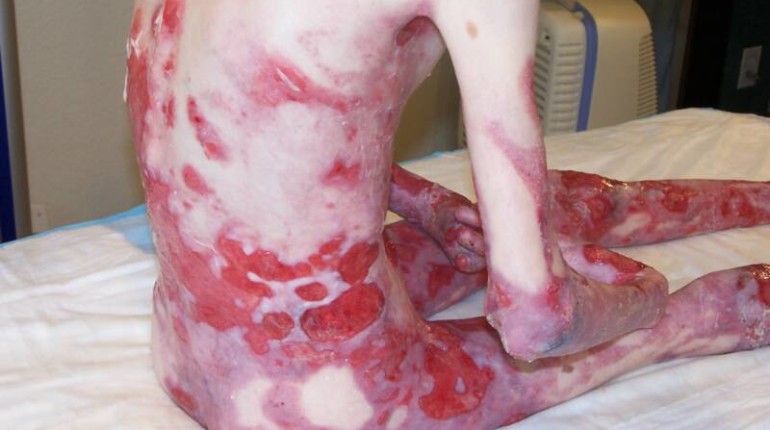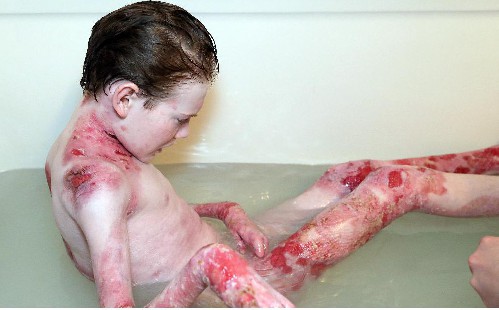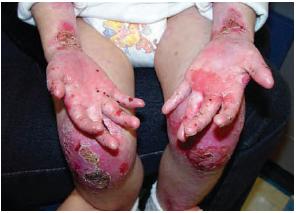Dystrophic epidermolysis bullosa (DEB), dubbed as “Butterfly Disease” is a a very rare, inherited and incurable disease that causes the skin to blister, shear and scar, endlessly. It’s a condition that leaves the skin as fragile as butterfly wings.
Blisters and skin erosions form in response to minor injury or friction, such as rubbing or scratching. Dystrophic epidermolysis bullosa is one of the major forms of epidermolysis bullosa.
What are the symptoms of Dystrophic Epidermolysis Bullosa?
The signs and symptoms of this condition vary widely among affected individuals.
- In mild cases, blistering may primarily affect the hands, feet, knees, and elbows.
- Blisters develop at birth or during the neonatal period and affect all the body as well as the oral and gastrointestinal mucosa.
- Healing of lesions occurs with retracting scars or milia.
- Scarring alopecia of the scalp and permanent loss of nail plates.
- Eye involvement is frequent and includes blepharitis, loss of eyelashes, ectropion, symblepharon, and corneal blisters that can lead to loss of vision.
- In the oral cavity, fusion of the tongue to the mouth floor (ankyloglossia), obliteration of the oral vestibules and progressive restriction of oral aperture (microstomia) cause difficulties in chewing and swallowing.
- Excessive scarring can lead to adhesion of fingers and toes resulting to pseudosyndactyly, and to joint contractures that further cause disabling hand and foot deformities (”mitten deformities”).


